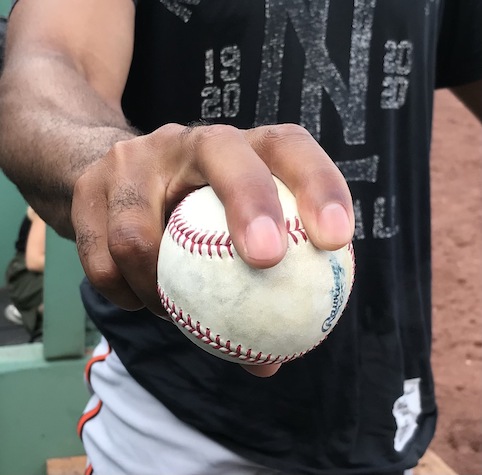John Means, Potential Trade Target
John Means is the best pitcher on the Baltimore Orioles. In a different world, that might be exciting to Baltimore fans as the team builds a contender. An 11th round draft pick in 2014, Means climbed the minor league ladder, burst into the majors with a 3.60 ERA in 2019, and started throwing harder over the subsequent years. Can he be the best pitcher on a playoff team? I’m skeptical. But can he be the third-best? Definitely, and that’s a really cool outcome for someone who was never supposed to make it this far.
Of course, modern baseball being what it is, Means likely won’t be on the next playoff team in Baltimore. Instead, he’ll probably get traded for whatever the O’s can get, because he’s arbitration-eligible and only three years from free agency. You don’t build generational team wealth by passing up the opportunity to trade your good players for future considerations, at least not the way Baltimore is attempting to build for the future. The team is reportedly looking to trade Means, and I think they’ll find a match. So let’s talk about what the team that wins the Means bidding will be getting for their prospects and salary relief.
If you trade for Means, you’re not doing it for the strikeouts. You could look at his career numbers to tell you that, or you could look at his performance in his last 14 starts after returning from an IL stint. He struck out only 20% of the batters he faced, which isn’t cover-your-eyes bad but definitely shouldn’t top your rotation. Read the rest of this entry »

